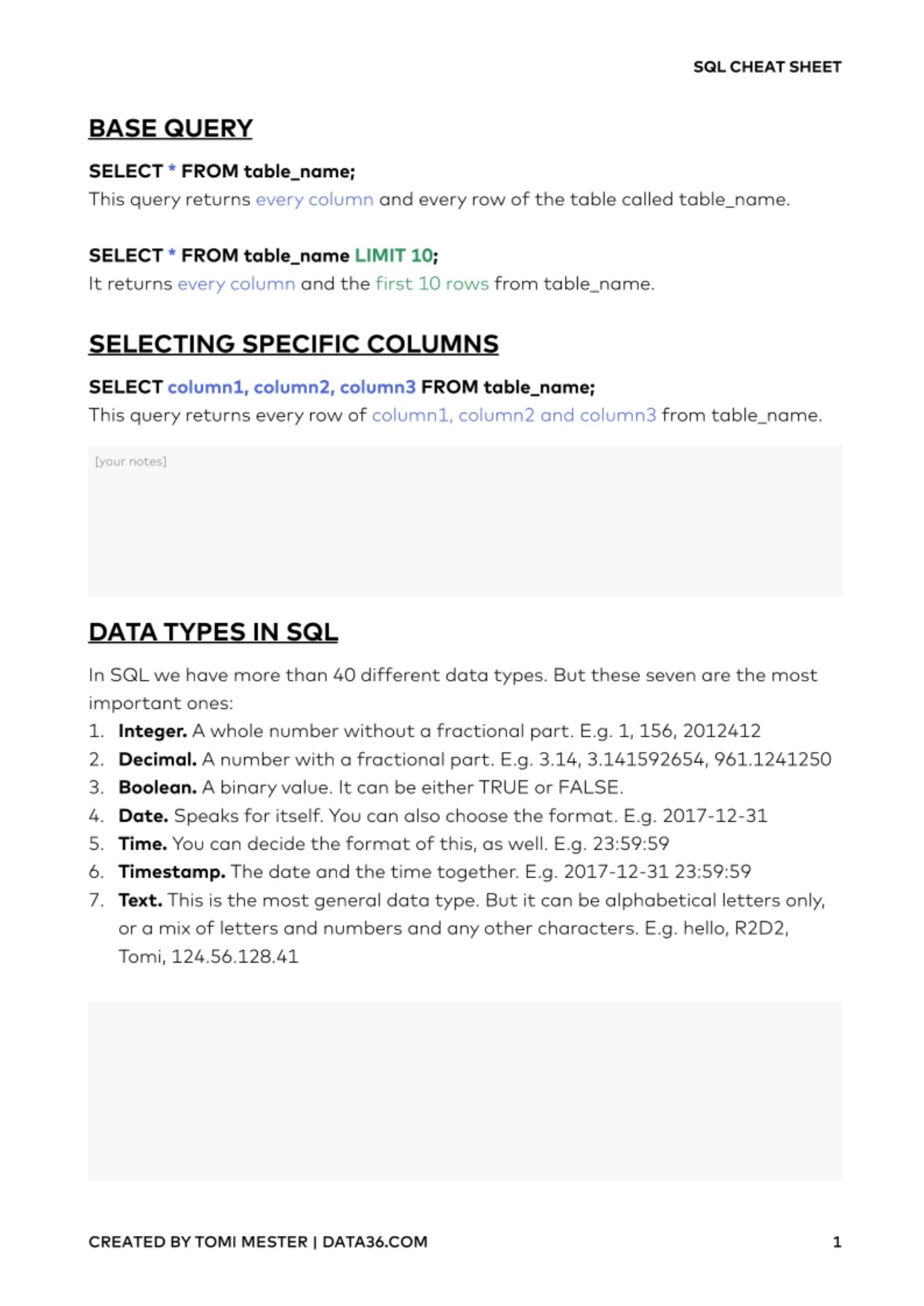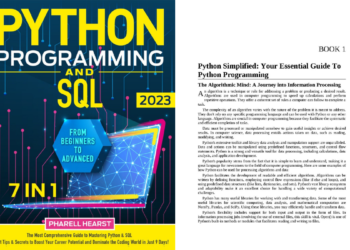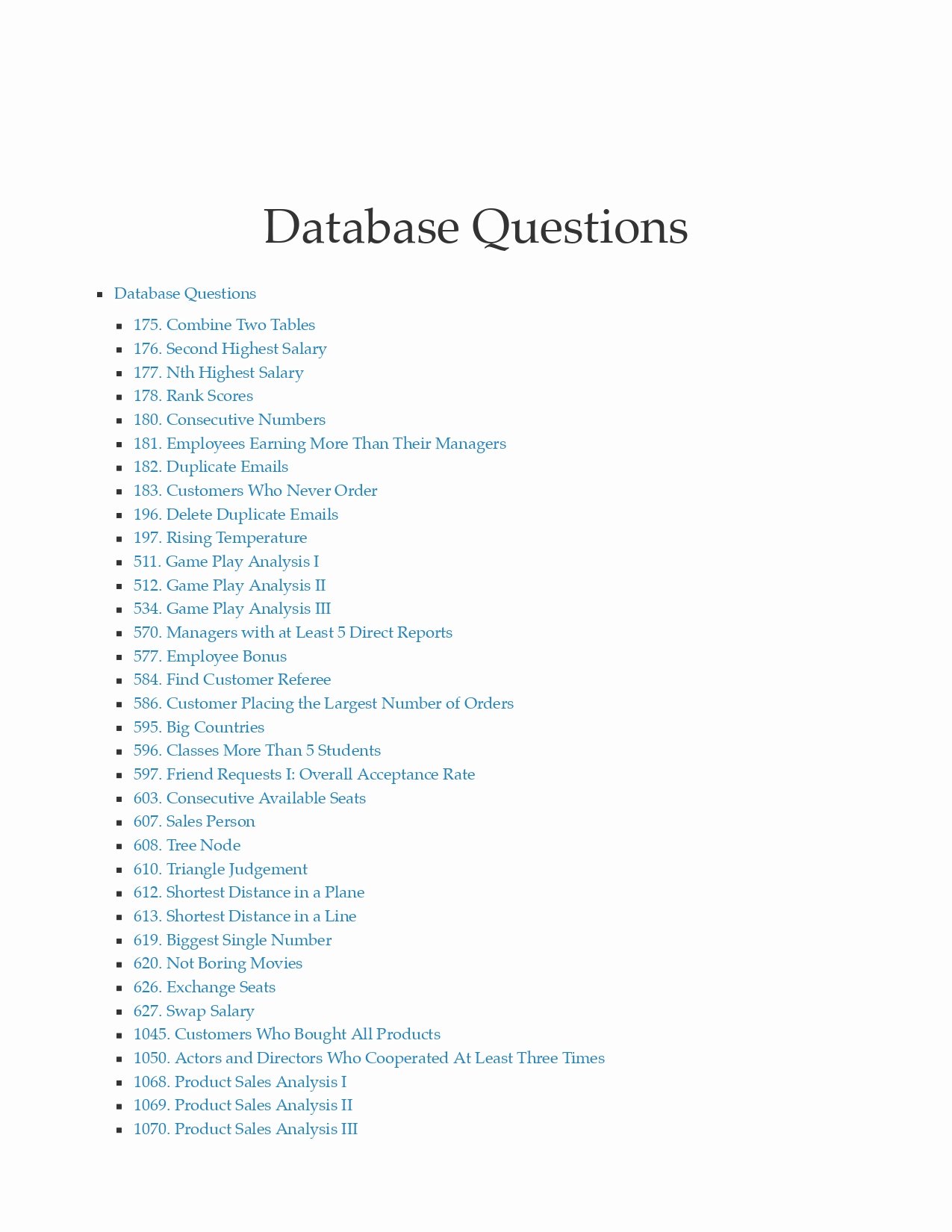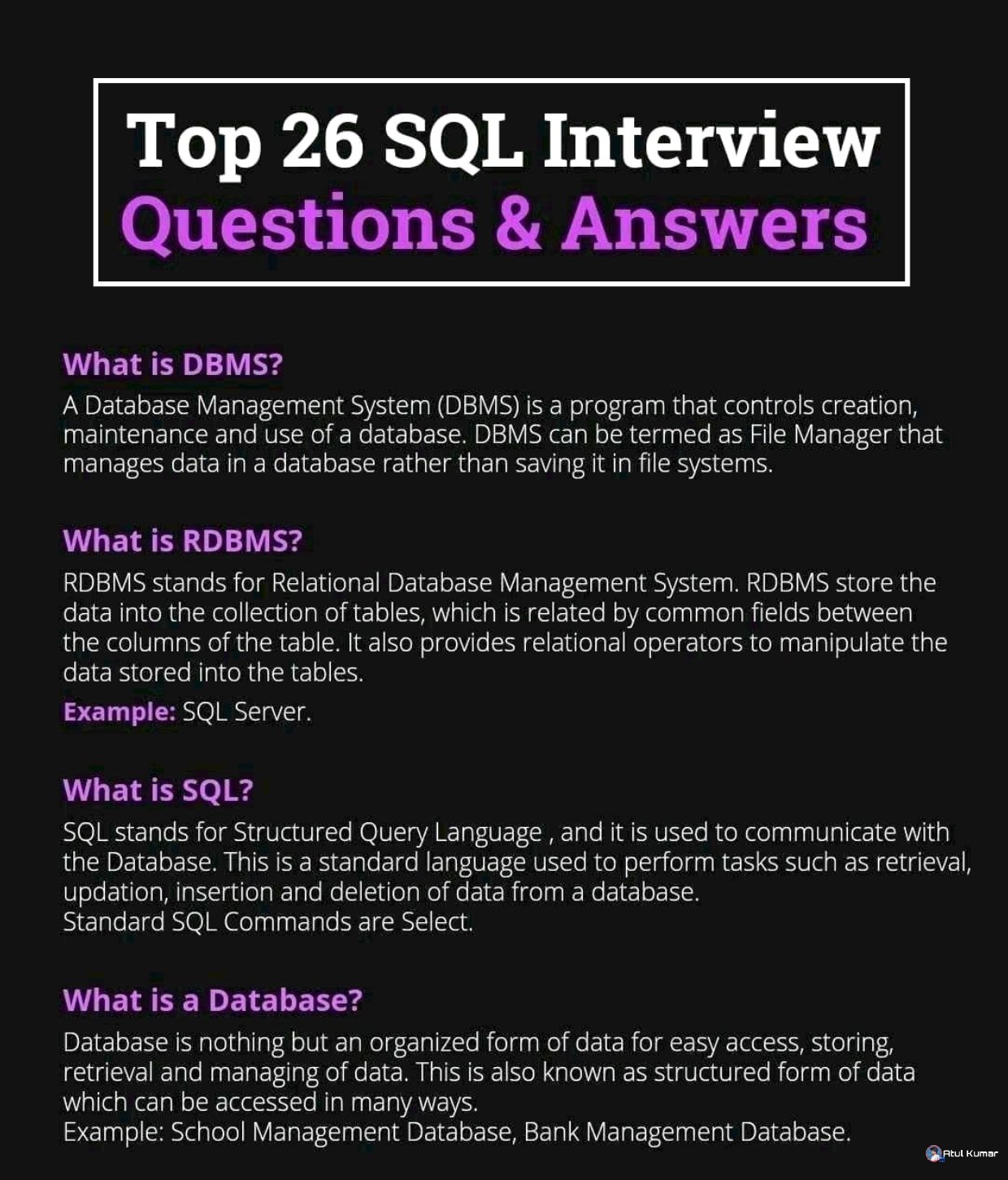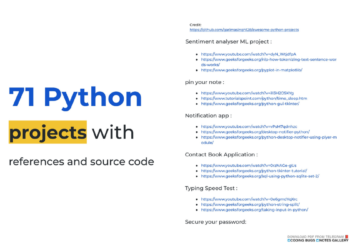Welcome to our blog post featuring the “Learn SQL Cheat Sheet.” SQL (Structured Query Language) is a powerful language used for managing and manipulating databases. Whether you’re a beginner starting your SQL journey or an experienced professional looking for a handy reference guide, this cheat sheet provides a concise and comprehensive overview of SQL syntax, commonly used commands, and essential querying techniques.
In this blog post, we present you with the “Learn SQL Cheat Sheet” – a valuable resource that condenses key SQL concepts and commands into a single, easy-to-use reference. Whether you need a quick reminder of SQL syntax or a handy guide for constructing complex queries, this cheat sheet will assist you in writing efficient SQL code and improving your database querying skills.
Why “Learn SQL Cheat Sheet”?
SQL encompasses a wide range of commands, functions, and syntax rules that can be challenging to remember. The “Learn SQL Cheat Sheet” is designed to simplify the learning process and provide a practical reference guide that saves you time and effort. With its condensed format and organized layout, this cheat sheet allows you to quickly access the information you need, making it an indispensable tool for SQL learners and practitioners.
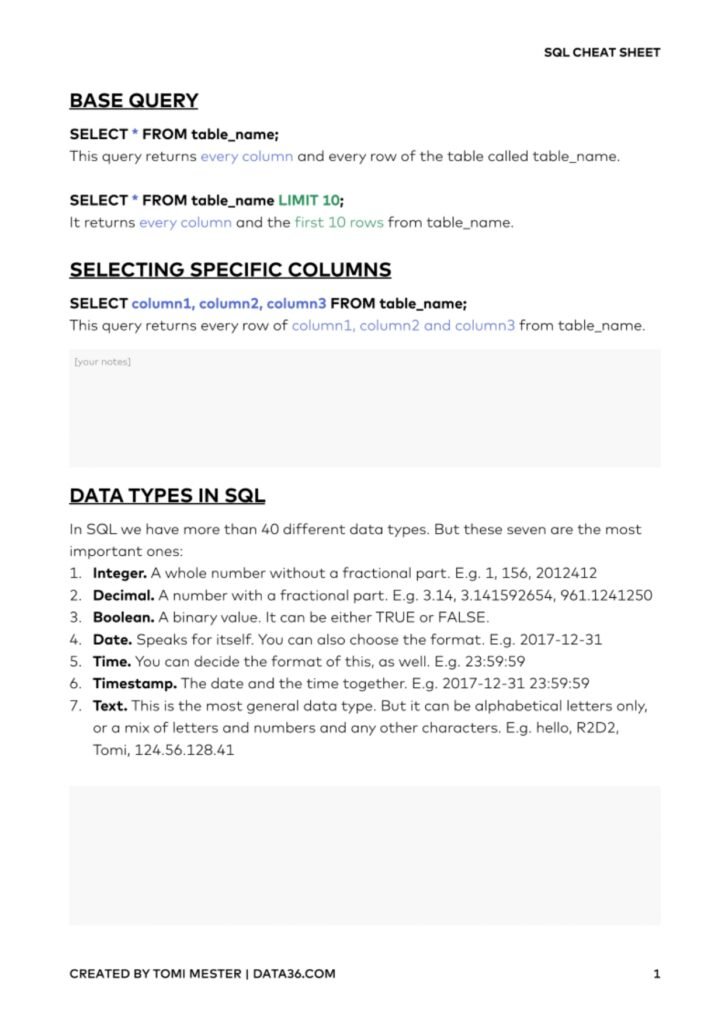
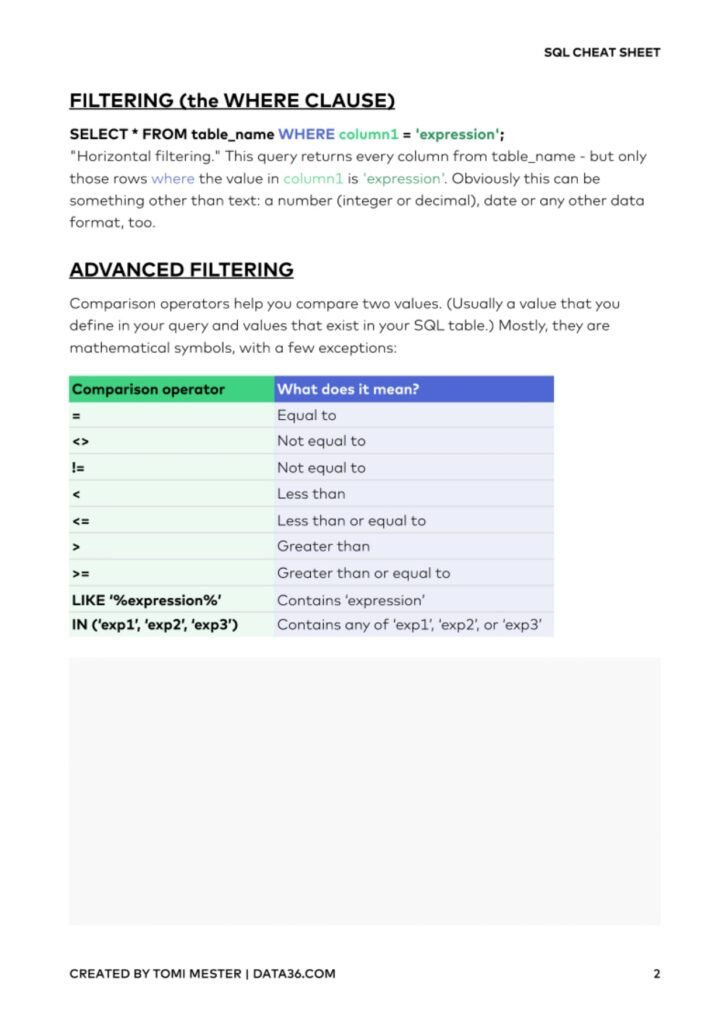
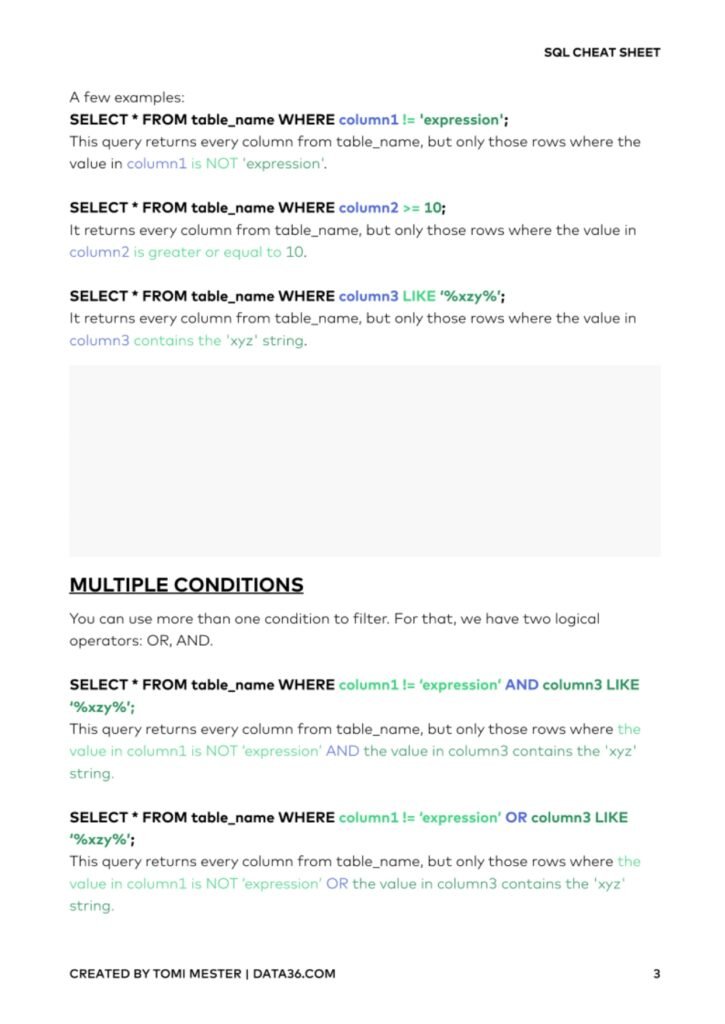
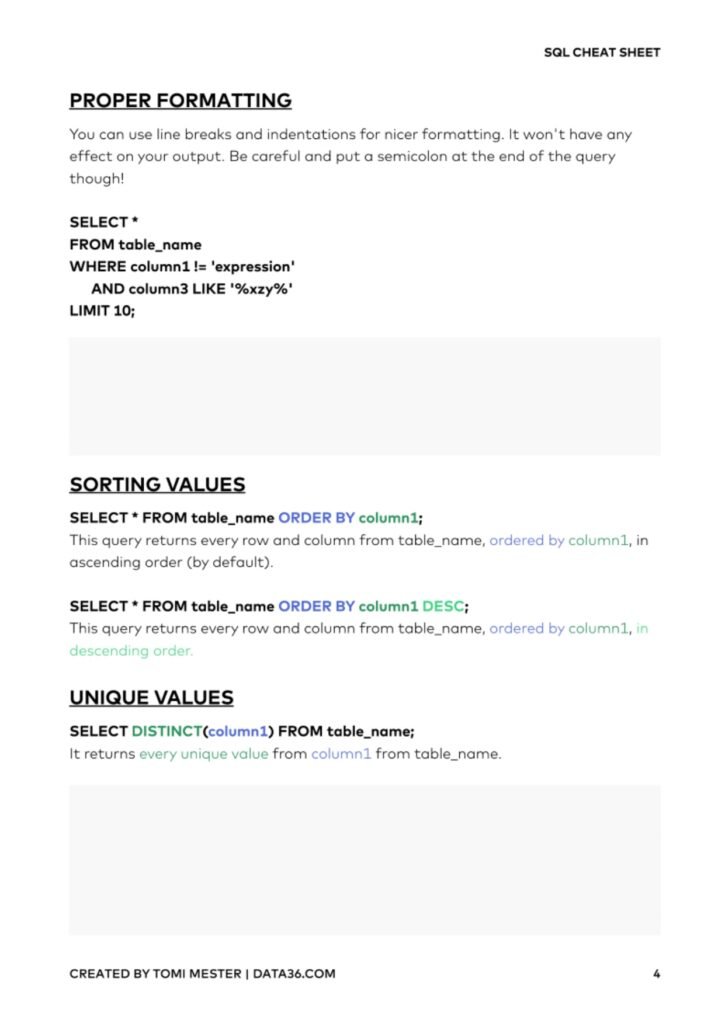
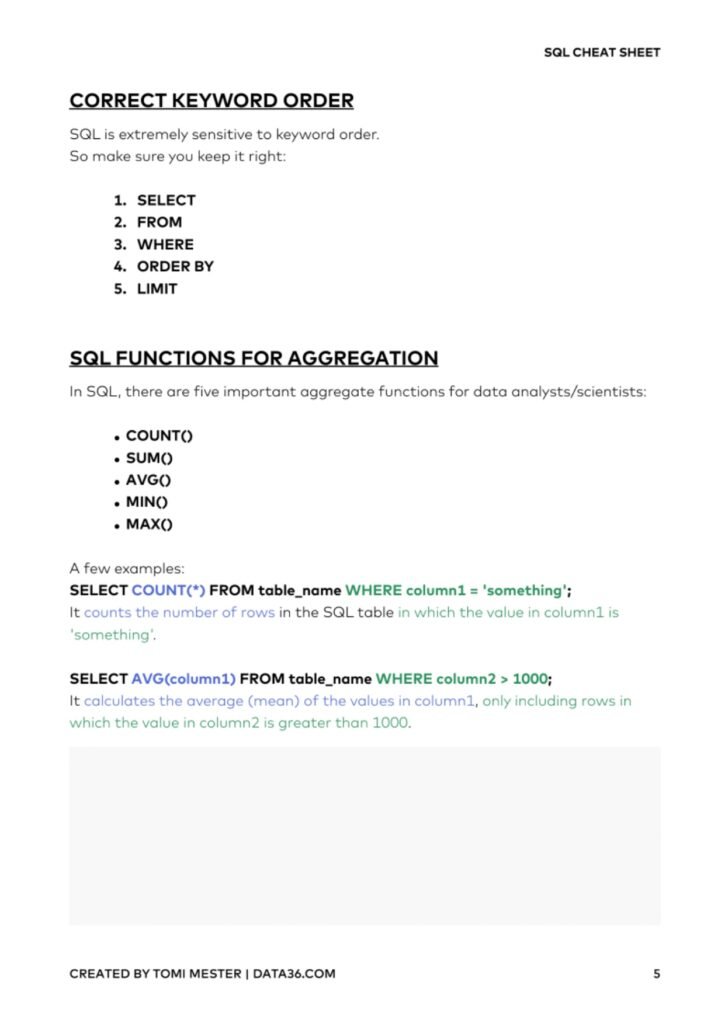

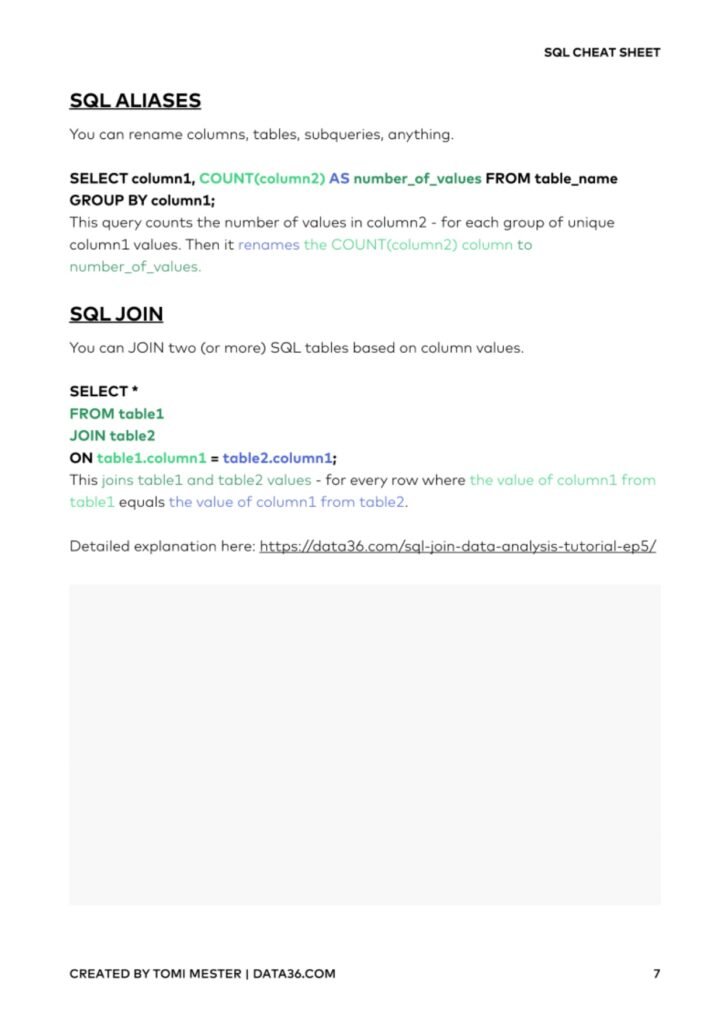
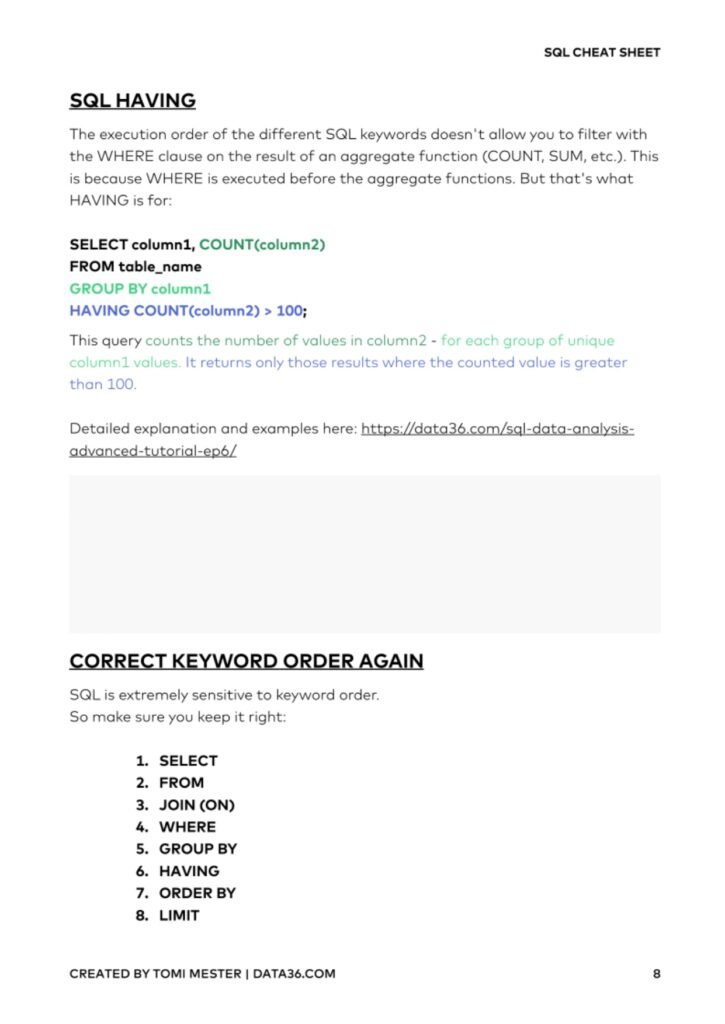
What to Expect:
The “Learn SQL Cheat Sheet” covers a variety of SQL topics and includes the following elements:
- SQL Syntax: A concise overview of the basic SQL syntax, including keywords, clauses, and operators.
- Data Manipulation Language (DML) Commands: Commonly used DML commands such as SELECT, INSERT, UPDATE, and DELETE, along with their syntax and usage examples.
- Data Definition Language (DDL) Commands: Essential DDL commands for creating, altering, and dropping database objects such as tables, views, and indexes.
- Querying Techniques: Tips and techniques for constructing effective SQL queries, including filtering data, sorting results, and joining multiple tables.
- Aggregate Functions: A list of aggregate functions such as SUM, AVG, COUNT, MIN, and MAX, along with their usage in calculating summary statistics.
- Built-in Functions: A compilation of commonly used SQL functions, including string manipulation, date and time operations, and mathematical calculations.
- Grouping and Sorting: Guidelines for grouping data using GROUP BY and sorting results using ORDER BY.
- Subqueries: Examples and syntax for incorporating subqueries in SQL queries to retrieve data from nested or dependent tables.
- Joins: An overview of different types of table joins, including INNER JOIN, LEFT JOIN, RIGHT JOIN, and CROSS JOIN, with code snippets for each.
- Data Constraints: Common data constraints such as NOT NULL, UNIQUE, PRIMARY KEY, and FOREIGN KEY, along with their usage in ensuring data integrity.
This cheat sheet provides a compact and organized reference for quick access to SQL commands, syntax, and best practices.
Who Can Benefit from This Resource:
- Beginners learning SQL and looking for a quick reference guide to reinforce their knowledge.
- SQL practitioners and database professionals seeking a handy tool for daily SQL coding and querying tasks.
- Students studying database management or computer science courses that cover SQL.
- Professionals preparing for job interviews or certification exams that assess SQL proficiency.
Conclusion:
With the “Learn SQL Cheat Sheet,” you’ll have a practical and accessible reference guide to SQL querying at your fingertips. This cheat sheet will empower you to write SQL code with confidence, navigate complex queries, and improve your efficiency in working with databases.
Stay tuned as we unveil this invaluable resource that will be your go-to companion for mastering SQL. Get ready to simplify your SQL journey with the “Learn SQL Cheat Sheet.”
Nu Of Pages:-
13 pages
To Download PDF:-
For Other SQL Books From here
